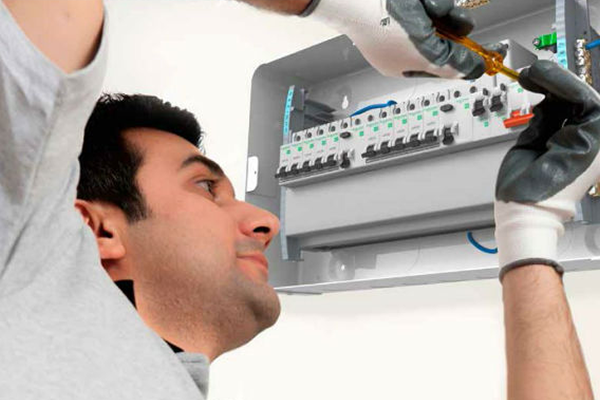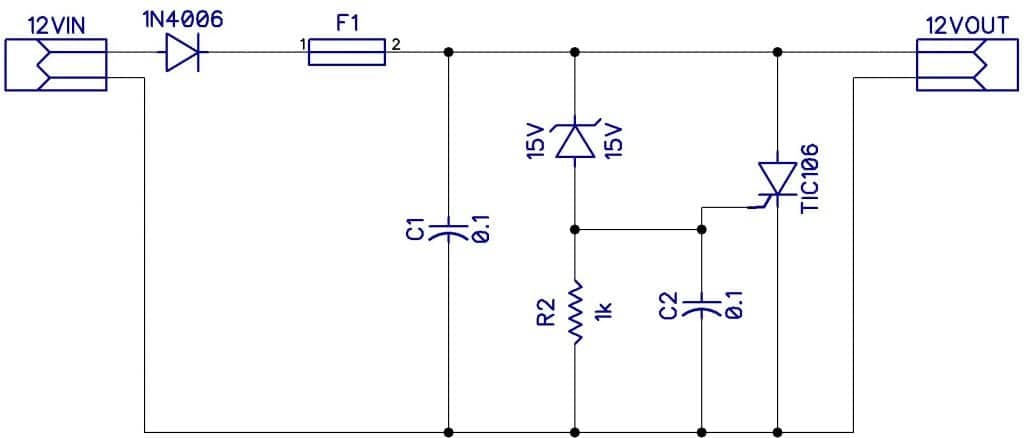What is circuit protection Circuit Diagram Many circuit protection techniques are often concerned with outside effects, but sometimes circuits need to be protected from themselves. One classic example of self-protection is short circuit protection with the use of a fuse.While not all circuits suffer from this problem, some designs may incorporate circuitry that has the potential to draw large amounts of current during fault conditions. Learn how to protect your electronic devices from overvoltage, overcurrent, and heat with expert tips on circuit protection methods from Mark Harris. Overvoltage, overcurrent, and heat are the three most likely events that can destroy our expensive silicon-based components or reduce our product's life expectancy.

The protection of the circuit can be done by using different protection devices in an electrical circuit purposely in order to stop extreme amounts of current. To make sure extreme safety, this article gives an overview of circuit protection techniques , namely circuit breakers, ESD protection electronic fuses, gas discharge tubes, thyristors

Different Types of Fuses & Circuit Protection Devices Circuit Diagram
With 1694 Electronic Circuit Protection the disconnection of the load happens electronically by a transistor. The trip characteristics of a 1694 Electronic Circuit Protector tolerates a momentary inrush current from e.g. switching on a capacitive load and limits the maximum current. In case of a current being too high for too long the 1694 Circuit Protection Methods Differentiating between Supplementary Protection, Branch Circuit Protection, and Self-Protected Devices Introduction Modern electrical equipment continues to increase in complexity and importance in industrial, commercial, and residential installations. This equipment is often considered critical for normal system

Thermal Cutoffs: As opposed to most other circuit protection devices, thermal cutoffs rely on mostly external (non-circuit) input to trigger circuit protection. Thermal cutoff fuses often rely on a one-time fusible link that, when exposed to ambient temperature over the melting temperature of the link, will fail to protect the circuit. Circuit protection refers to the comprehensive set of mechanisms and devices designed to safeguard electronic circuits from a wide range of potential threats. It acts as an impenetrable shield, shielding your circuits from overcurrent, voltage spikes, and various other electrical anomalies that can wreak havoc on your devices. Overvoltage Protection. A "crowbar" circuit (shown in Figure 1) can protect your device from overvoltage. In normal use, the 12V supply goes to the output via the reverse protection diode and fuse. The Zener diode is chosen to be slightly higher; in this case, 15V. When the input voltage reaches 15V, the Zener conducts, setting up a voltage across R2.
